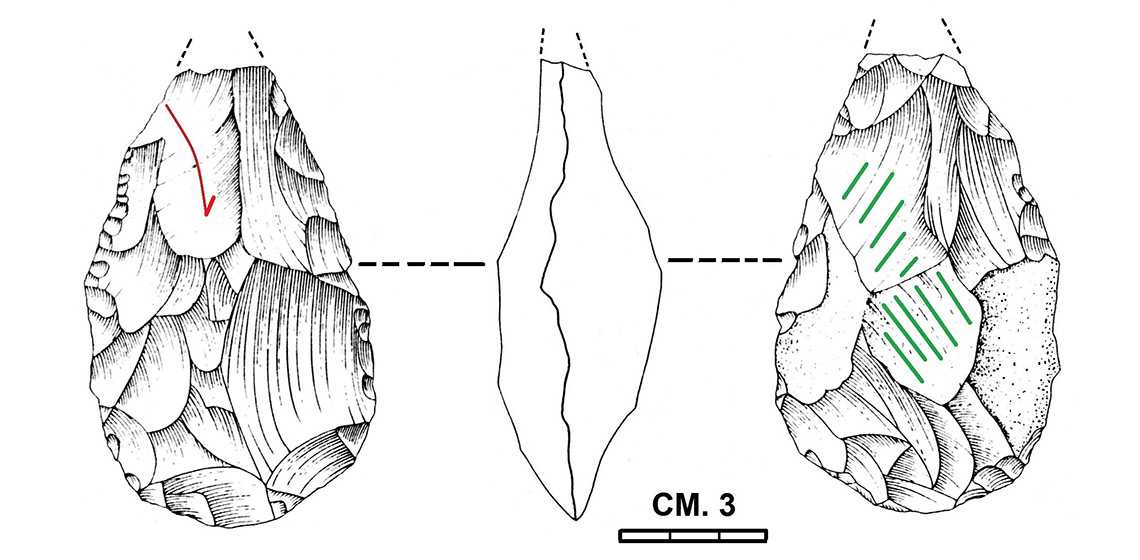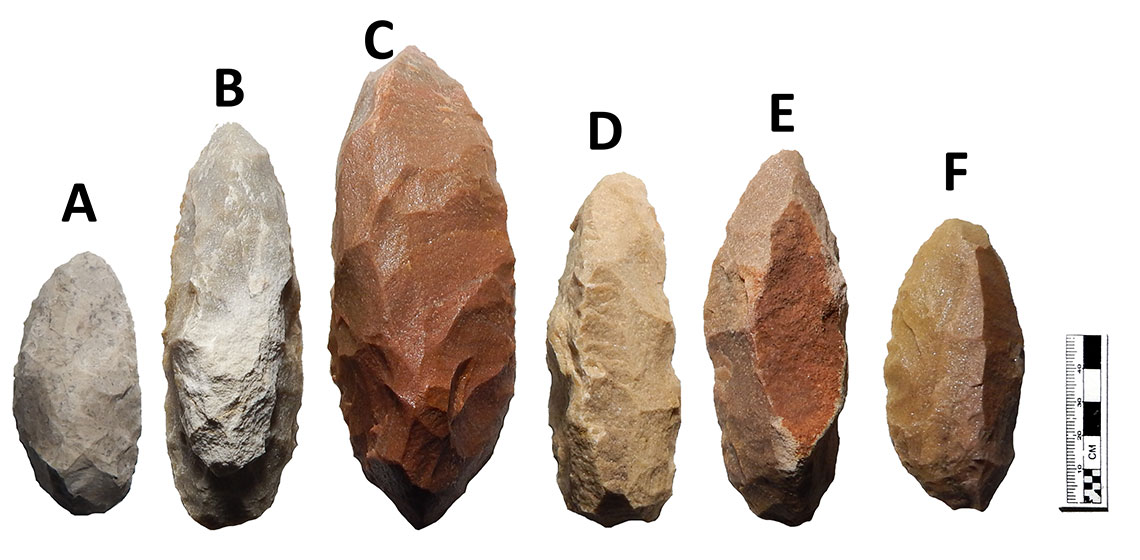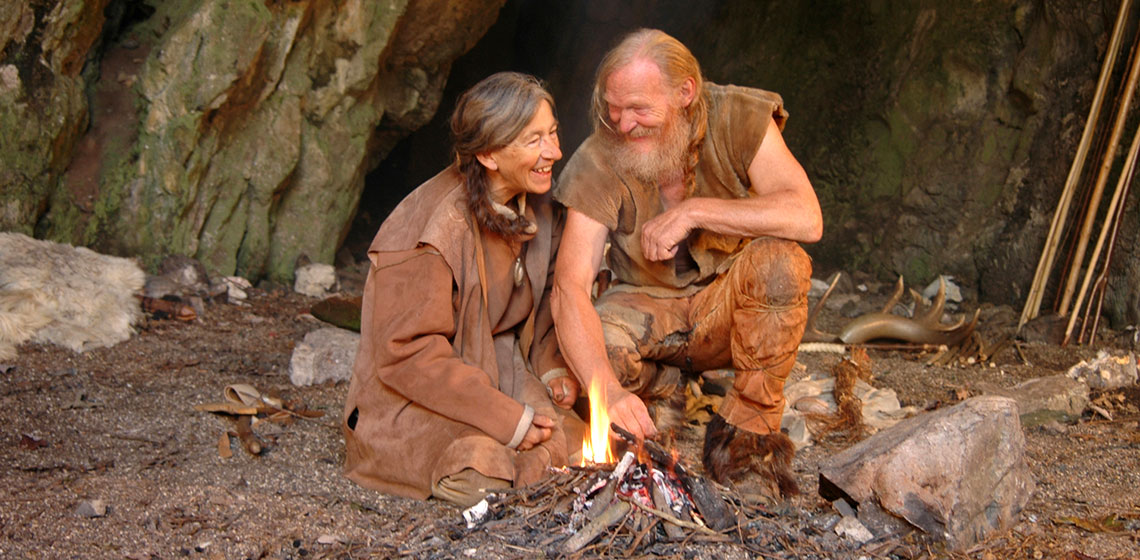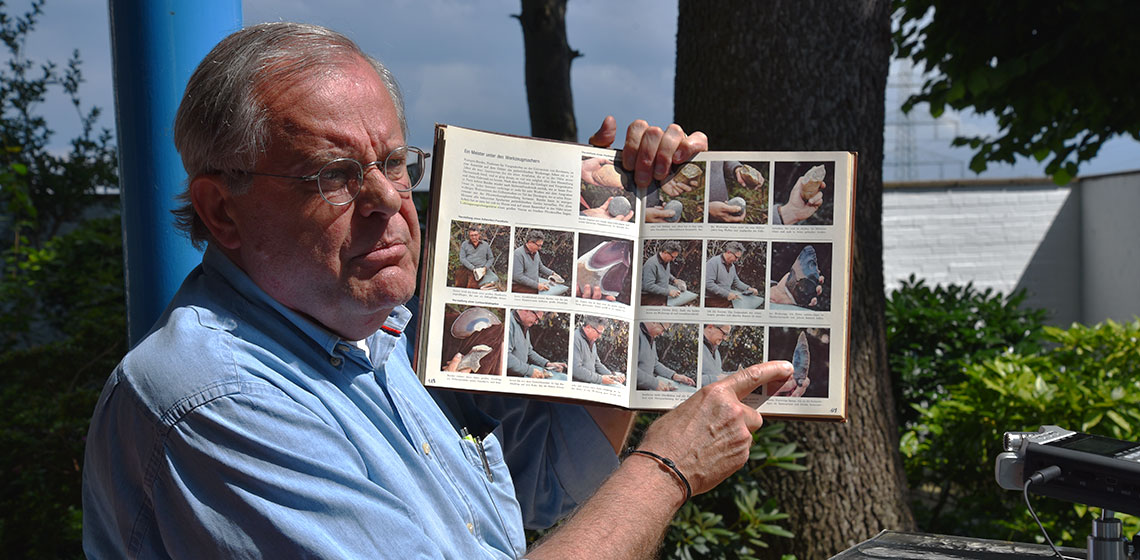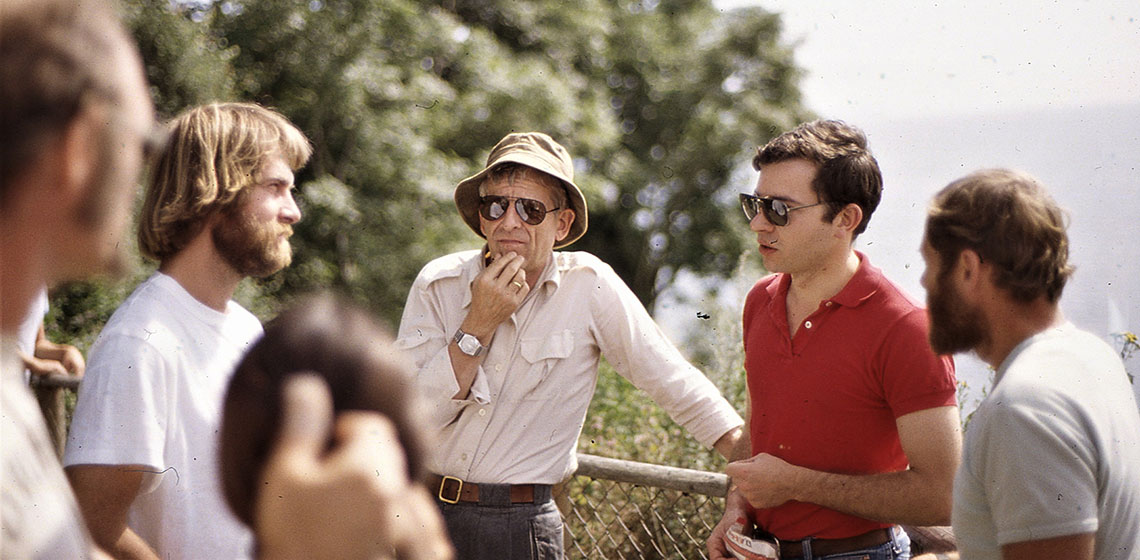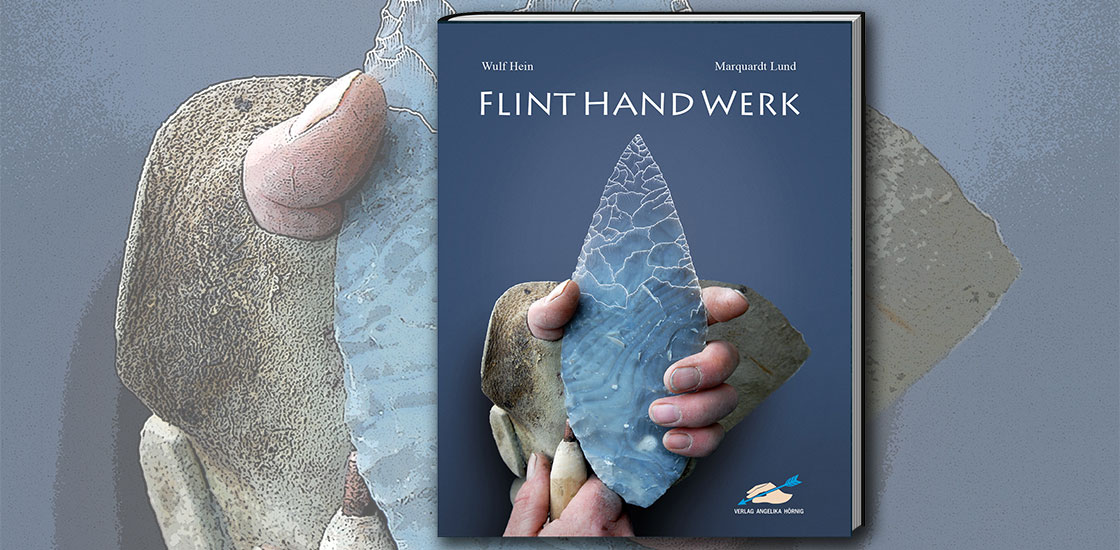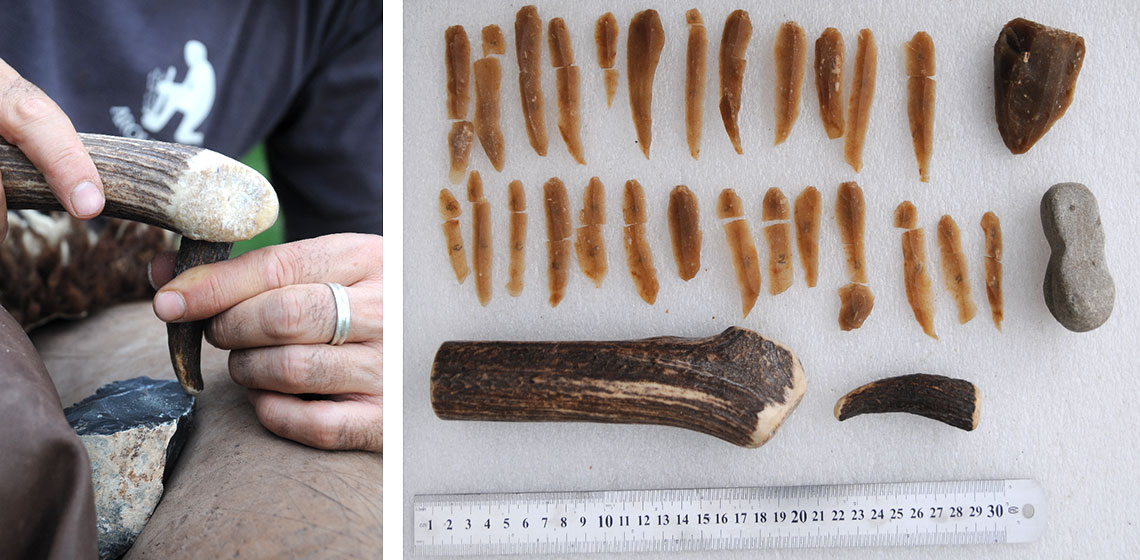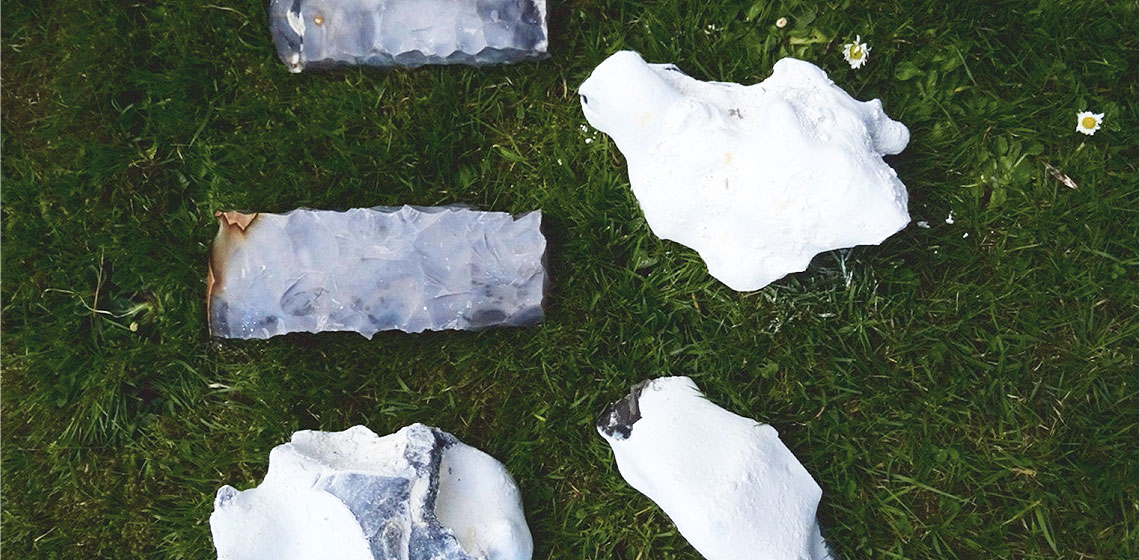flint knapping
Basalt Handaxes: Preliminarily Testing the Lithic Translation Strategy Hypothesis and Comparisons with the Fontana Ranuccio Site Bifacial Tools
***The oldest bifacial “handaxes” known so far belong to the “Kokiselei 4” site, dated to 1.76 Ma (West Turkana, Kenya; Texier, 2018). They have been manufactured by direct lithic percussion on magmatic effusive stone materials. Considering that the evolution of “fully operational intelligence” (Wynn, 1979) has been associated with the so-called...
Bringing Experimental Lithic Technology to Paleoamerican Brazilian Archaeology: Replication Studies on the Rioclarense and Garivaldinense Industries
Introduction
Despite experimental archaeological approaches being well known in Brazilian archaeology since the 1970’s, it has rarely produced studies until the beginning of the 21th century. The first deep debate on the subject of experimental archaeology was provided by Miller Jr. (1975), specifically on the application of the approach to lithic technology using Corumbataí flint - typical raw material from the Rioclarense industry. In that occasion, Miller Jr.

